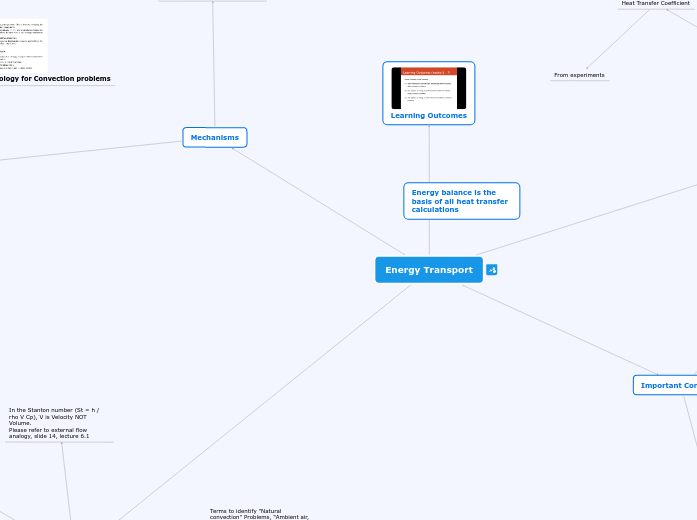av Kumar Perumal 9 måneder siden
673
Energy Transport

av Kumar Perumal 9 måneder siden
673

Mer som dette
Practice Problems
Constant heat flux
Constant wall temperature
Lumped Analysis
Non Lumped analysis
Multidimensional
Product rule for multidimensional heat transfer
Semi Infinite
Finite Media
Practice problems